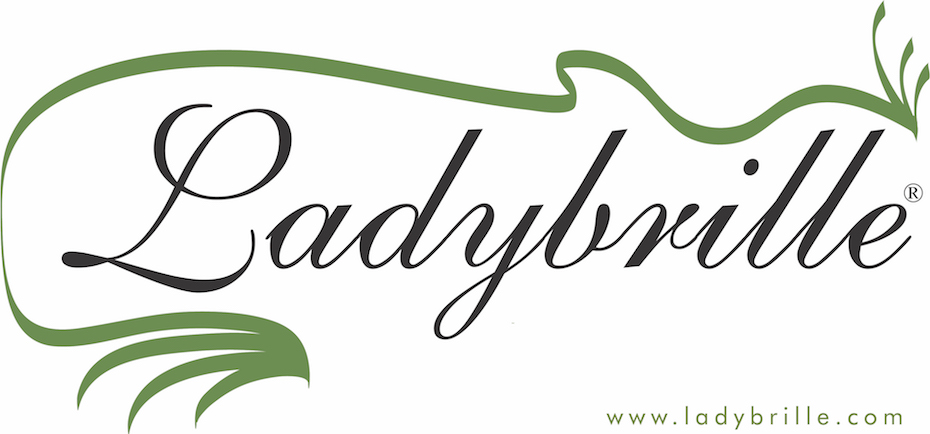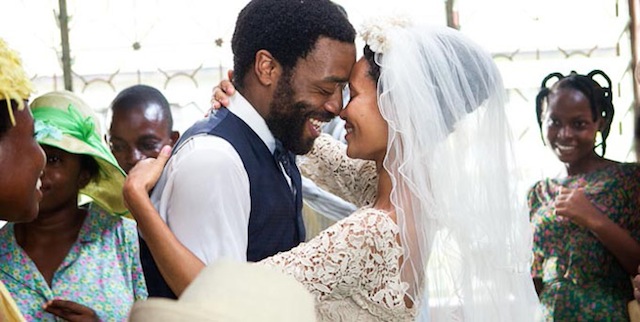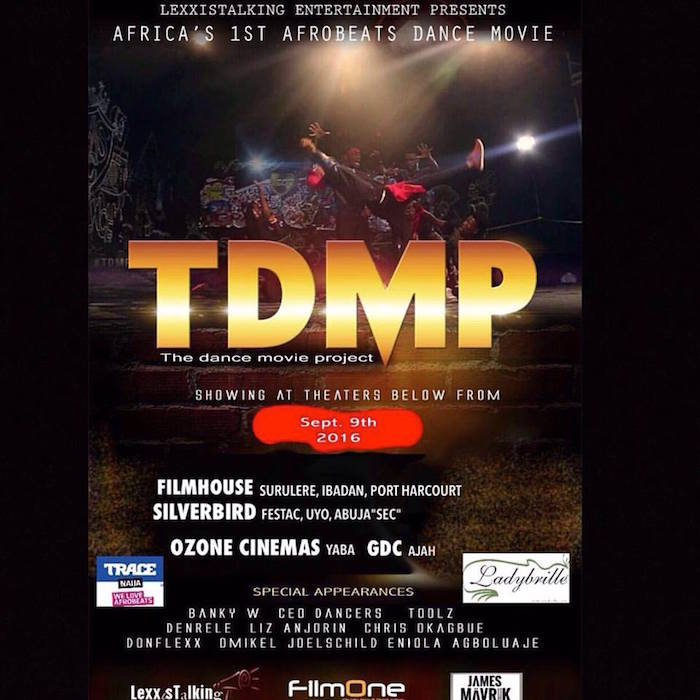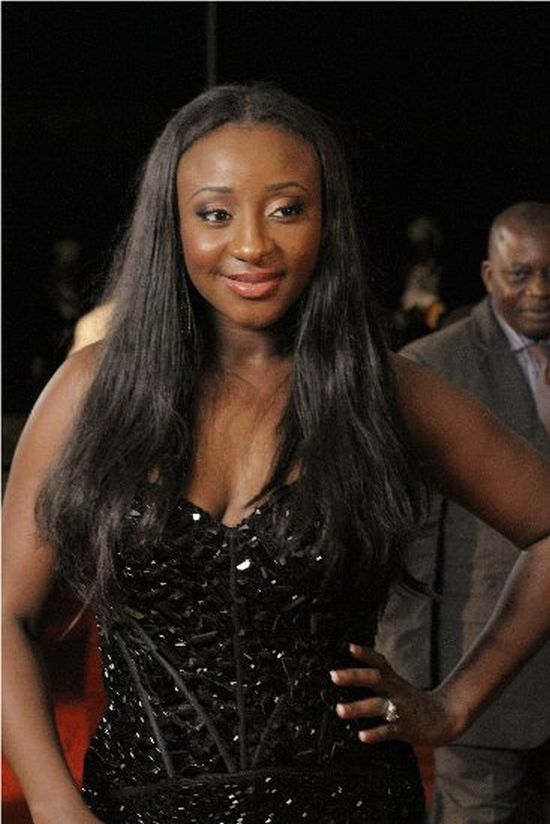Following its Fall 2013 premiere at Toronto’s International Film Festival and a successful release in the UK in April 2014, Half of a Yellow Sun premiered during the 21st New York African Film Festival (NYAFF) on May 9, 2014 to a sold out audience at the Film Society of Lincoln Center. Based on Chimamanda Adichie’s bestselling novel with the same name, Half of a Yellow Sun presents novelist/playwright Biyi Bandele’s directoral debut and Nollywood’s first multi-million dollar budget movie.
The film is based on elements that hammer on all forms of human emotions ranging from family dynamics to romance and ethnic rivalry. Set in the 1960s with an opening scene showing Nigeria celebrate her freedom from British colonial rule, the film centers around the lives of twin sisters Olanna, played by Thandie Newton and Kainene, played by Anika Noni Rose, upon their return from England as they settle into life in the new Nigeria.
The film takes its viewers across different geographical regions of the country as Kainene moves to Port Harcourt to manage her father’s business while Olanna, to her family’s surprise, moves to Nsukka to be close to her boyfriend, “the revolutionary” Odenigbo, played by Oscar-nominee Chiwetel Ejiofor.” Onyeka Onwenu (Mama) delivers a phenomenal performance as Odenigbo’s traditionalist mother. As if to presage the civil unrest birthing throughout the country, Mama’s hatred and disapproval of Olanna becomes the highlight of the film’s plot around Olanna and Odenigbo’s relationship.
The movie goes on to show the start of the Biafran/Nigerian civil war in 1967. As ethnic and political conflict rises throughout the country, Olanna and Kainene’s lives, already troubled by intriguing betrayals are further torn apart by the raging war between the Hausas and Igbos. Olanna and Odenigbo are left with no option but to flee Nsukka further east to the newly established secessionist state of Biafra. Without being too graphic and over-sentimental, Director Bandele depicts the Biafran war which left one, maybe two million Igbos dead by early 1970, in a manner that is deep enough to trigger tears from the eyes of anyone who watches the film.
Half of a Yellow Sun is set for a limited U.S. release starting in New York today, May 16. However, since premiering in Nigeria on April 12, the film is yet to open to the Nigerian public due to a pending clearance by the Nigerian Film and Video Censors Board. Asked, at the screening of the film, whether the delay in clearance could have been influenced by the on-going religious clashes in northern Nigeria, Bandele disagrees as he states that “the book has been out for over seven years, therefore the film presents nothing new but the truth.”
While it may be a culturally-sensitive period to release the movie in Nigeria for fear of awakening or inciting more ethnic violence, I believe that the film performs the valuable service of exposing younger Nigerians and the rest of the world to a pivotal time in Nigeria’s history. It also serves to remind those old enough to remember the impacts of the Biafran war what could happen if the recent wave of ethnic/religious war is not annihilated.
After watching Half of Yellow Sun and beaming with a sense of pride because finally, a Nollywood production of Hollywood-calibre has been made, I couldn’t help but wonder what makes a movie a Hollywood or Nollywood movie? Is it the starring cast, the storyline or its shooting location? Although there are appearances by Nollywood stars such as Genevieve Nnaji, Zack Orji, Gloria Young and OC Ukeje, the major roles are played by Hollywood/British-based actors. Could this have been a deliberate act by the casting director in order to be able to market the film to a global audience? Or an indirect insinuation that no Nollywood actor could adequately deliver the major roles? I am of the opinion that the film would have been more authentic if Olanna and Kainene were played by Nollywood actors.
-Elfonnie Inokon-Anusionwu for Ladybrille
Founded in 2007, Ladybrille® Magazine is a California based pioneer digital publication demystifying the image of Africans in the west through contemporary African fashion and celebrating the brilliant woman in business and leadership, with an emphasis on the African woman in the diaspora. Our coverage includes stories on capital, access to markets, expertise, hiring and retention, sales, marketing, and promotions.




